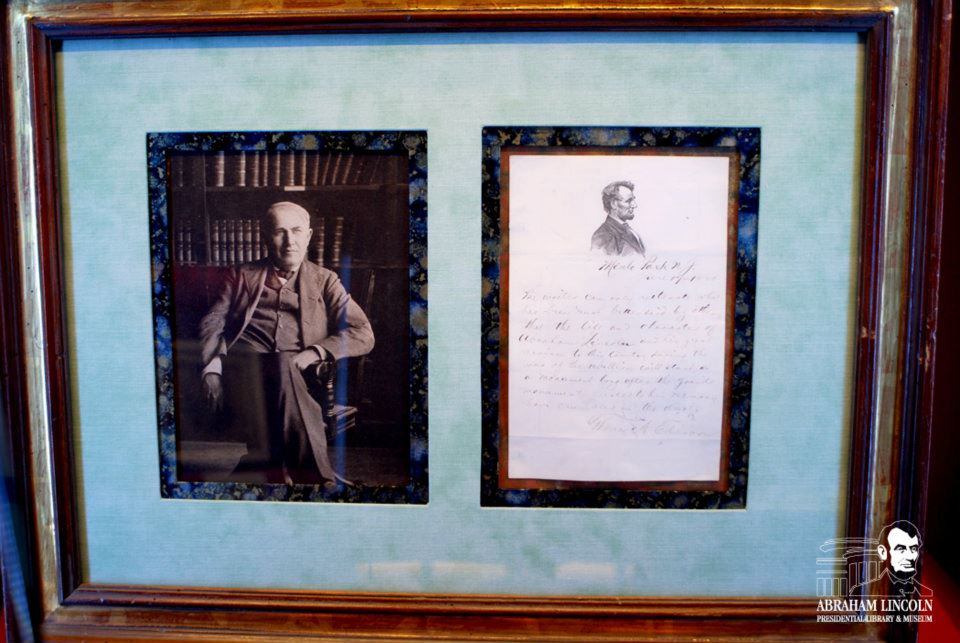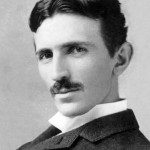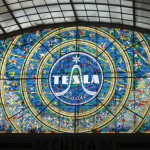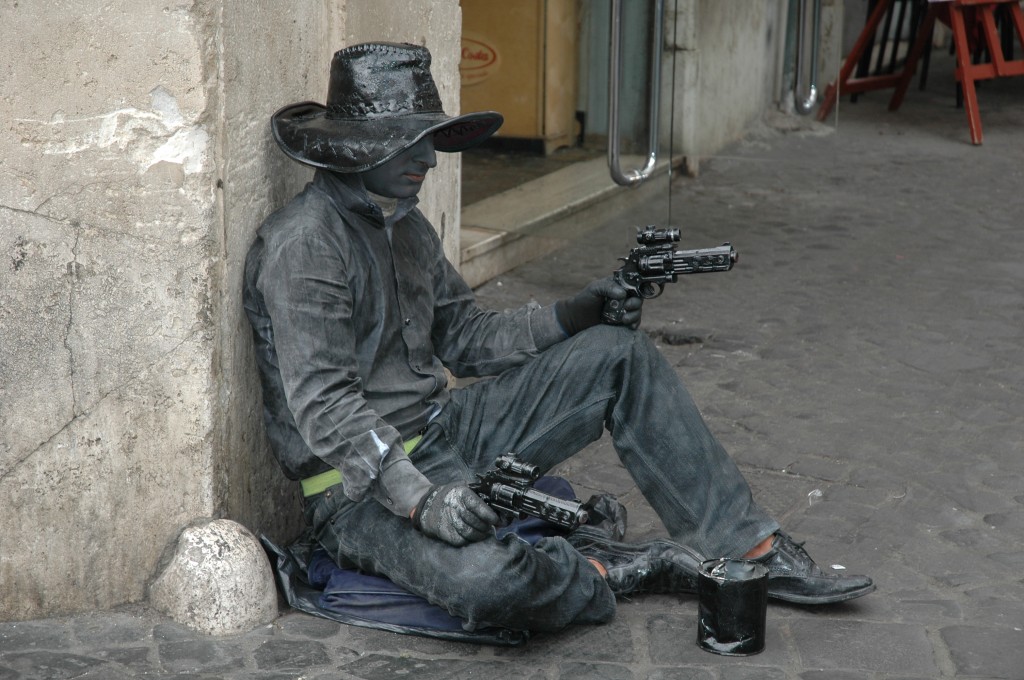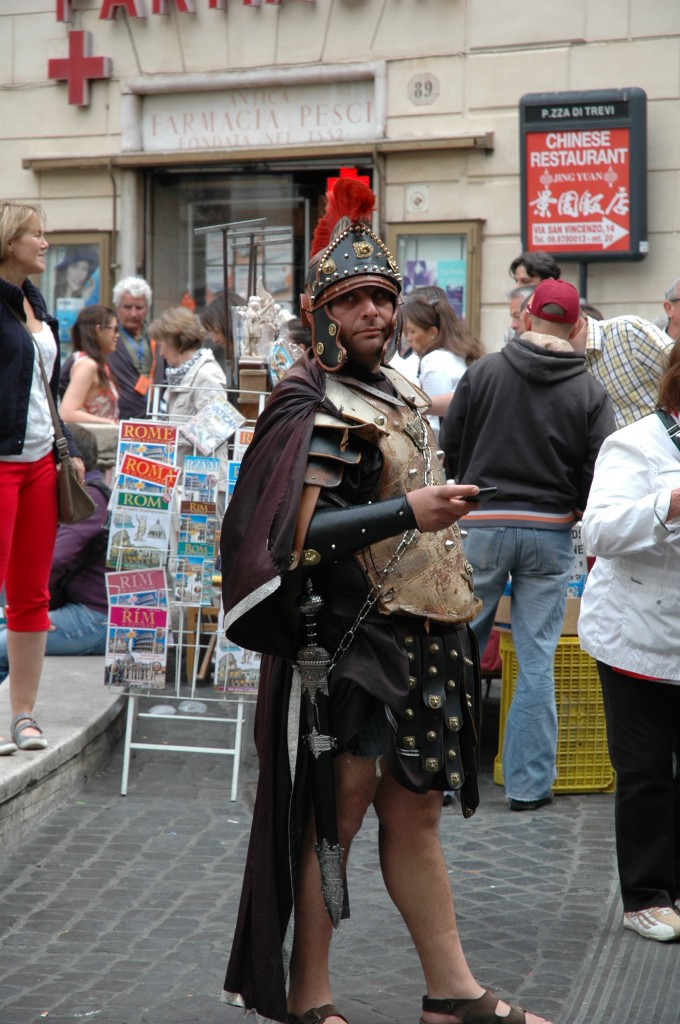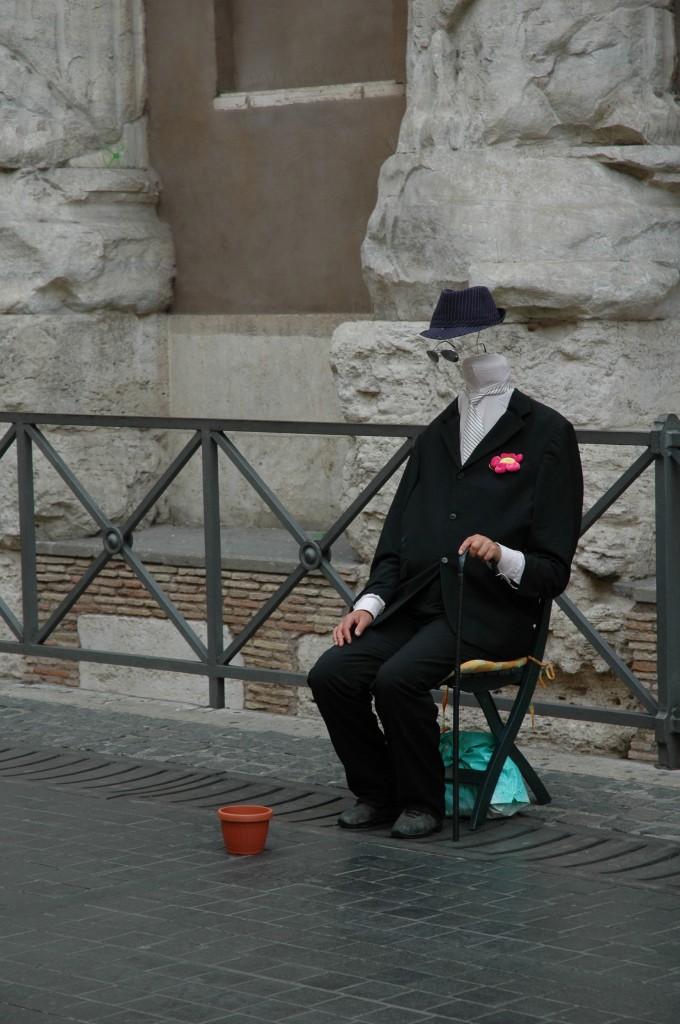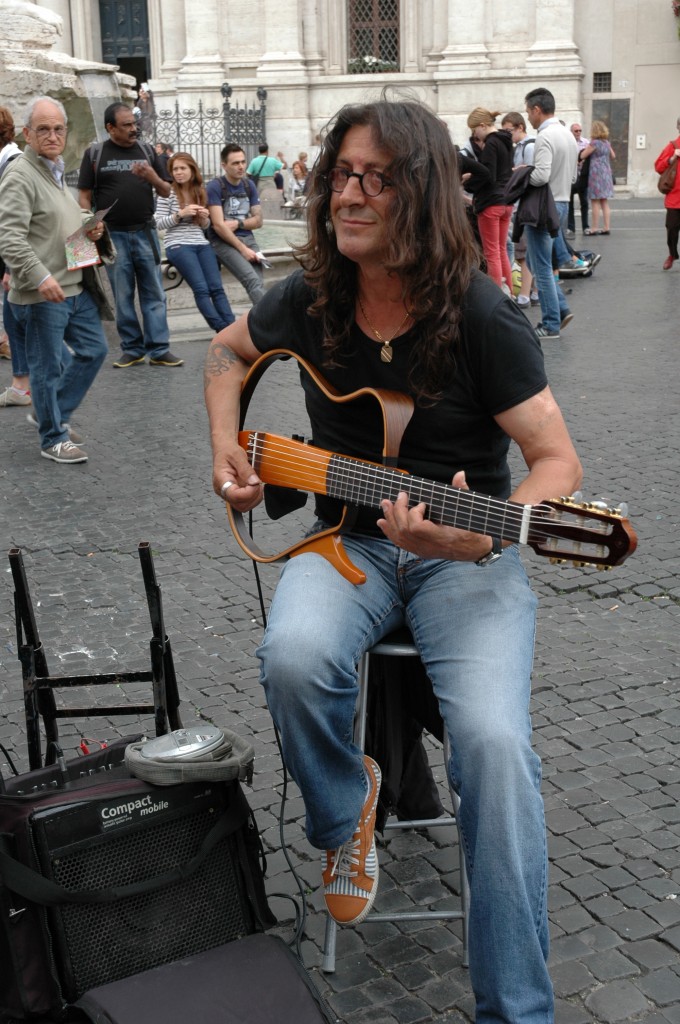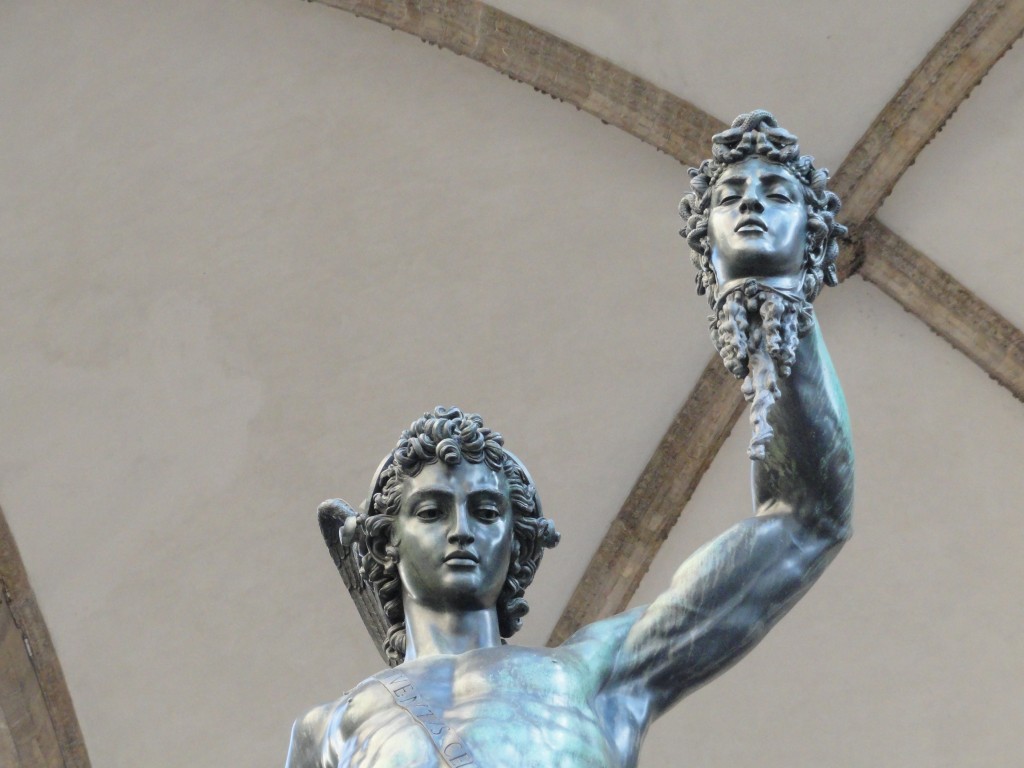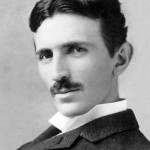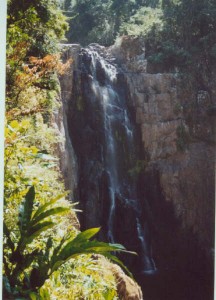When in Rome do as the Romans do. By which I mean speak Italian and/or Latin, drink a lot of wine, and constantly carry an ice cream cone – gelato – when walking. At least that seems to be what they are always doing in Rome.
So assuming you’re not Roman and are visiting Rome as a tourist, and specifically if you are a tourist visiting the Vatican, then you must visit St. Peter’s Basilica. And as the invariably long line snakes to the entrance – soon after going through the security checkpoint – make sure to look to the right just before making that hard turn to the front of the church. And you’re likely to see the Swiss Guard.
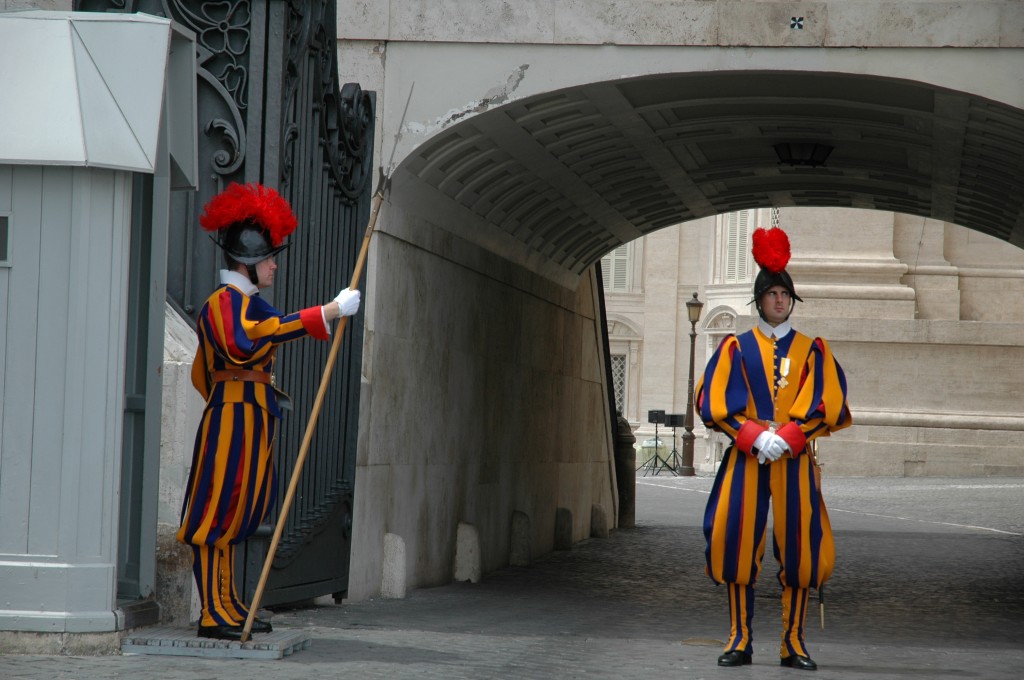 You would be hard pressed to tell from the multi-colored – even garish – ceremonial uniforms of today’s Swiss guards to know that historically the guards were some of the fiercest fighters of the middle ages. The guards were called in by Pope Julius II to help fight wars with those pesky Venetians and the French, that is, when Julius wasn’t bossing around both Michelangelo and Raphael as they created their respective masterpieces – the ceiling of the Sistine Chapel and the School of Athens.
You would be hard pressed to tell from the multi-colored – even garish – ceremonial uniforms of today’s Swiss guards to know that historically the guards were some of the fiercest fighters of the middle ages. The guards were called in by Pope Julius II to help fight wars with those pesky Venetians and the French, that is, when Julius wasn’t bossing around both Michelangelo and Raphael as they created their respective masterpieces – the ceiling of the Sistine Chapel and the School of Athens.
Today of course the Swiss Guards are purely ceremonial. After all, an easy lifestyle of standing around with a pike and retiring with a papal pension is almost worth wearing those colors and feathered helmets. But admittedly there are days even a Guard would rather not be caught dead looking like that. The day I was there I overheard this short conversation:
Hey, Luigi, do these yellow stripes make me look fat?
No Giuseppe, you look fine. Don’t worry about it.
Are you sure, Luigi? I’ve been putting on a few kilos lately. All that gelato I think.
I said you look fine. We go through this every day. You ask me if the stripes make you look fat, I say no, you yammer about eating too much gelato. This job is boring enough as it is, the least you could do is talk about something interesting for a change. Hey, is that your girlfriend over there?
Giuseppe glances to the side (see photo). Oh mio, it is…it is my beloved Bianca. Cazzo, I told her I was the Pope’s right hand man. I cannot let her see me dressed in this silly outfit. Luigi, rapido, run me through with your pike. Oh Signore, portami in cielo ora.
Okay, maybe I heard wrong. But seriously, wouldn’t that be your reaction?
Like this:
Like Loading...
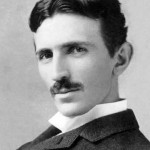 Tonight I finished Chapter 3 of the Nikola Tesla book. Chapters 1 and 2 were finished in previous weeks. I also have parts of other Chapters finished. I’m on schedule to have the first draft of the book done by the end of July/first week of August. Which is good, because I have a September 1st deadline to deliver the book to my editor at Sterling Publishing.
Tonight I finished Chapter 3 of the Nikola Tesla book. Chapters 1 and 2 were finished in previous weeks. I also have parts of other Chapters finished. I’m on schedule to have the first draft of the book done by the end of July/first week of August. Which is good, because I have a September 1st deadline to deliver the book to my editor at Sterling Publishing.



